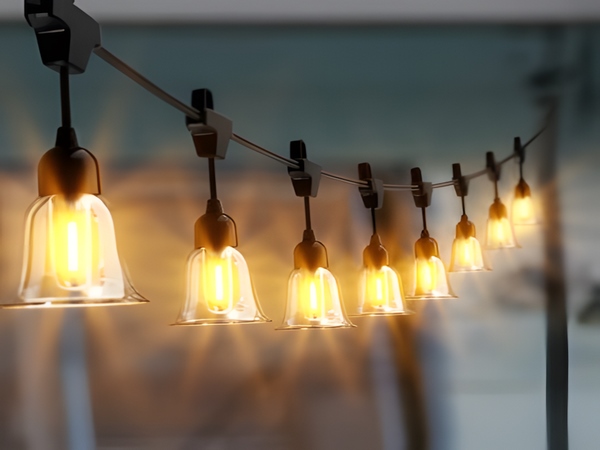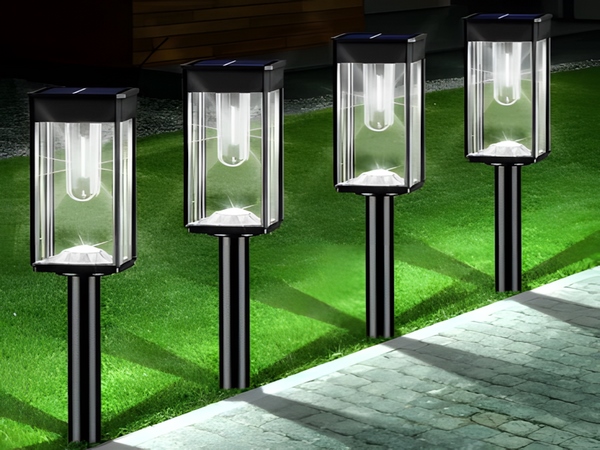
The installation of distributed household photovoltaic power generation stations is not only a use of clean energy but has also become a good investment and retirement project. As the core component of a distributed photovoltaic solar power station, solar photovoltaic panels affect the overall power generation income and lifespan of the solar power station. Today, the Bitpott solar photovoltaic system manufacturer will provide a detailed introduction on how to adjust photovoltaic solar panels.

1. The azimuth angle of the solar cell array
The azimuth angle of the solar cell array is the angle between the vertical plane of the array and the true south direction (if set to the east, it is a negative angle; if set to the west, it is a positive angle). Generally, the array should face true south (when the angle between the vertical panel and true south is 0°) to maximize power generation. If it deviates from true south by 30° (in the northern hemisphere), the power generation will reduce by approximately 10% to 15%. If it deviates further by 60°, the power generation may decrease by 20% to 30%. However, on clear summer days, the highest solar radiation occurs slightly after noon. Therefore, when the azimuth is slightly skewed to the west, maximum power can be obtained in the afternoon.
2. The tilt angle of the solar photovoltaic panels
The tilt angle is the angle between the plane of the solar cell array and the horizontal ground and should ideally be set to maximize power generation throughout the year. This optimal tilt angle varies with geographic latitude; higher latitudes generally require larger tilt angles. Similar to the azimuth, the design must also consider factors such as the roof’s slope and the angle at which snow slides off the roof (greater than 50% – 60%). Even during snow periods, the total annual power generation may increase, despite lower output.
3. The impact of shading on distributed photovoltaic power generation systems
Traditional installations of solar photovoltaic power generation exhibit high output without any shading. However, if the solar panels cannot be directly illuminated by sunlight, they will rely solely on scattered light for power generation, resulting in a reduction of about 10% to 20%. In such situations, theoretical calculations need to be adjusted. Typically, when there are buildings or mountains around the panel area, shadows will be cast after the sun rises. Therefore, it is advisable to choose installation locations that avoid shadows. If avoidance is impossible, wiring solutions should be employed to mitigate the shading effects as much as possible. Furthermore, when panels are arranged in a front-and-back configuration, the shadow from the front array may affect the power generation of the array behind it if they are placed too close together.

As we can see, the tilt angle of the photovoltaic solar panels directly impacts the power generation of the entire distributed photovoltaic solar power station. The higher the power generation, the greater the income. Aside from factors such as location, capacity, and climate, we can efficiently utilize solar energy by selecting the optimal tilt angle of photovoltaic solar panels to achieve maximum economic benefits.
If you want to learn more about household solar photovoltaic power generation systems, please contact the Bitpott solar photovoltaic system manufacturer. We specialize in researching, producing, and selling solar photovoltaic power generation systems and designing installation solutions for household solar power generation systems. If you want to know more about the cost of solar photovoltaic power generation systems or purchase photovoltaic solar panels, please contact our online customer service.



